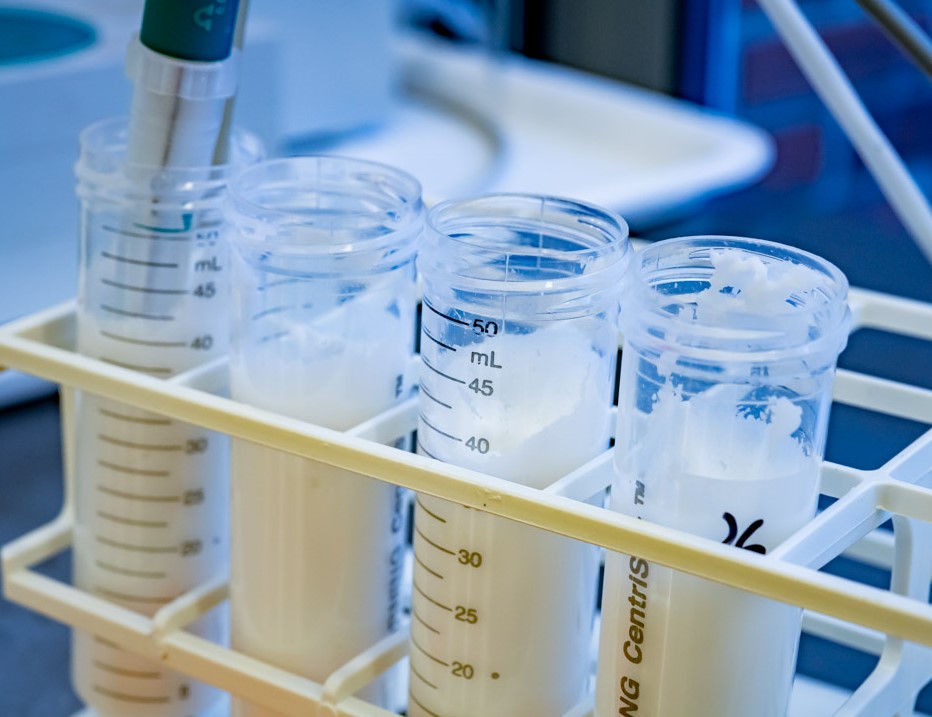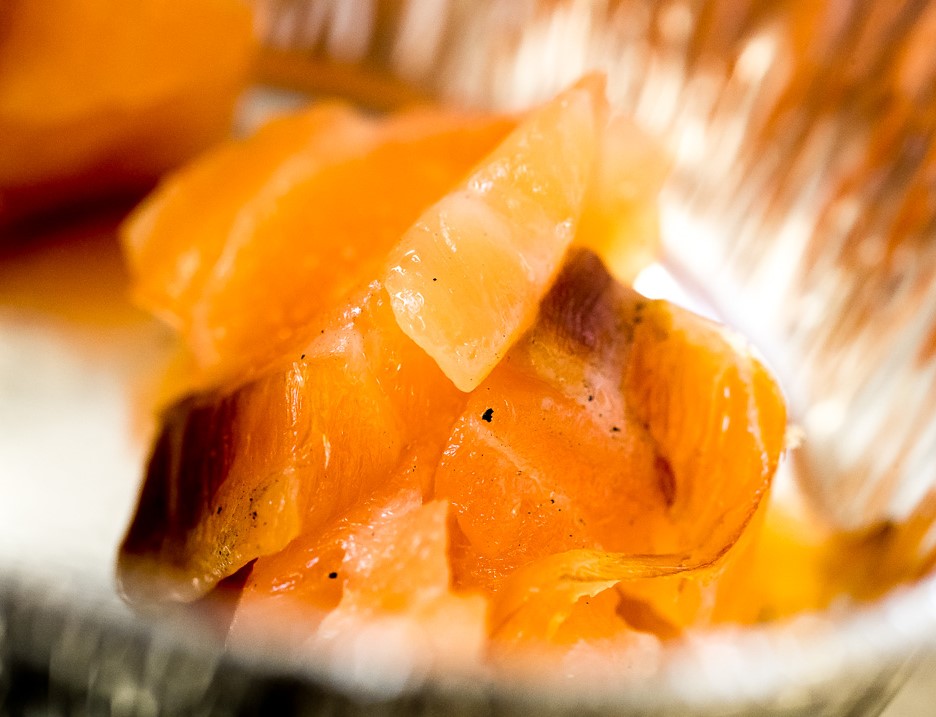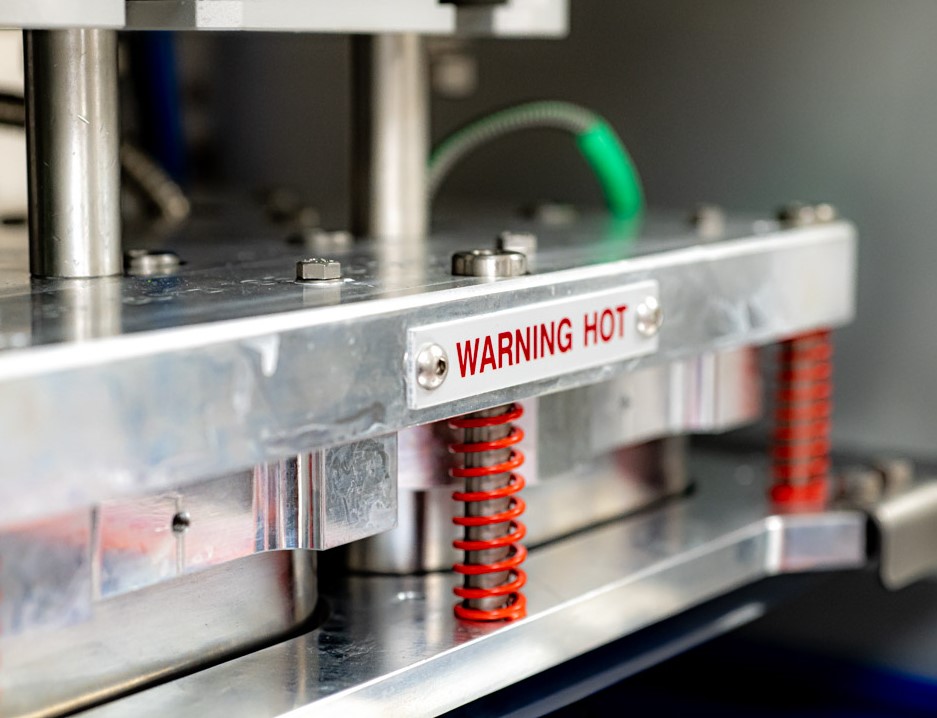Calculation of the worst-case initial contamination
When establishing the growth potential of Listeria monocytogenes, a worst-case initial contamination of 1 or 10 CFU per gram is commonly assumed. In reality, however, this worst-case initial contamination proves to be considerably more limited.
The worst-case initial contamination calculation developed by smartfood R&D can be used to accurately calculate (with 99.9999% certainty) the actual extent of the worst-case initial contamination.
In the challenge test, this calculation allows our clients to work with a Listeria growth potential up to 10 times higher than usual.

Listeria monocytogenes securing without preservatives
In concrete terms, this means that our clients need less or no added preservatives at all.
Our calculation allows our clients to work with a higher spread in physical-chemical parameters. They are also able to make tastier products with an excellent Listeria monocytogenes securing.
The exact worst case initial contamination varies per company and depends, among other things, on the product and the process used. Thanks to our worst-case initial contamination calculation, we can calculate very precisely per company and per product which product or process poses the greatest risk of Listeria monocytogenes contamination.

Integrated approach to manage food safety risks
Our calculation can also play an important role in the preventive detection of possible Listeria contaminations. By combining the calculation with our knowledge of recipes and processes, we can identify the most likely sources of contamination before the contamination actually occurs.
Using our calculation, we can even go back in time and, in retrospect, establish exactly when something went wrong in the process.
Based on the recipe and process, we can also exactly calculate beforehand the required preservation capacity a product must achieve for a high-quality, food-safe product.

Broadly applicable for various shelf-life issues
The calculation developed by smartfood R&D can be applied to Listeria monocytogenes as well as other pathogens such as Salmonella spp., traces of pathogenic and non-pathogenic spore-forming micro-organisms and commonly occurring spoilage flora such as moulds, yeasts and lactic acid bacteria.
This development allows us to create new possibilities for controlling microbiological spoilage risks and food safety risks and validating production processes.
We consider bringing tasty and safe food products to the market as a shared responsibility with our clients. Smartfood R&D will continue to invest in knowledge and research to enable our clients to market improved and food-safe products.

Do you have a specific shelf life question and do you want specific advice? Click on the button below to get in touch.